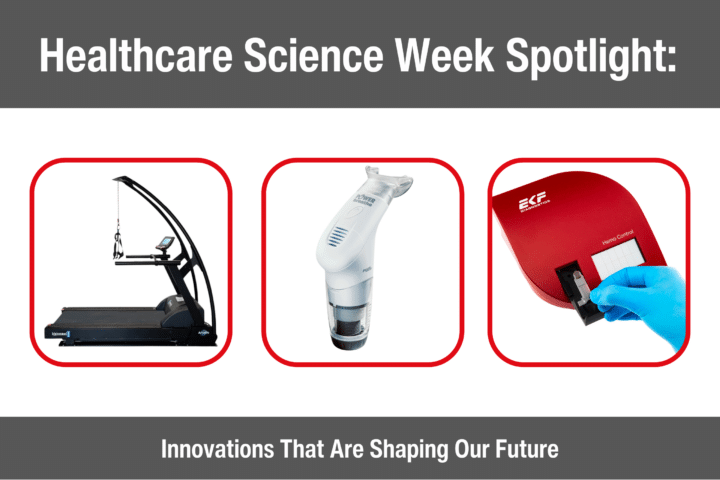NICE recommends the use of pulse oximeters in the management of exacerbations of COPD. You can find the recommendation in July’s update of the NICE guideline [NG115] for Chronic Obstructive Pulmonary Disease (COPD) in over 16s.
Use of pulse oximeters in COPD
The NICE guideline 1.3.28 states,
“Pulse oximeters should be available to all healthcare professionals involved in the care of people with exacerbations of COPD, and they should be trained in their use.”
NICE guideline [NG115]
The definition of an exacerbation is the worsening of a patient’s usual symptoms which then continue for a sustained period. Furthermore, these worsening symptoms occur abruptly. In patients with Chronic Obstructive Pulmonary Disease, symptoms may include a more serious feeling of breathlessness, as well as worsening cough and change of colour and production of sputum.
It’s during an exacerbation of COPD that NICE recommends the use of a pulse oximeter for oxygen therapy.

A pulse oximetry test
A fingertip pulse oximeter, such as Nissei BO-750 is simple to apply and use. After clipping it to the patient’s fingertip, a penetrating light measures how red the blood is. In the case of the Nissei BO-750, two high-precision LEDs emit infrared and visible red lights individually from one side of the finger. A photodiode then receives these lights passing through the fingertip at the other side. The measurement it captures is %SpO2 and pulse rate. In fact, in a 2017 study, it reveals 3 vital signs to be predictive of an exacerbation event. These are SpO2 (oxygen saturation as detected by the pulse oximeter), respiratory rate and pulse rate. However, in their findings, it’s SpO2 that proves to be the most predictive vital sign.
A normal blood oxygen saturation level will be around 94-99%. However, if a person has a resting stable oxygen saturation of 92% or less, it is advisable to have a blood gas assessment.
These fingertip pulse oximeters are compact and easy enough for patients with COPD to use at home. In fact they are an ideal way for patients to monitor their oxygenation stats themselves.
Pulse oximetry in primary care
‘GP online’ suggest pulse oximetry provides valuable information about the severity of illness. They also go further saying GPs should consider carrying a pulse oximeter in their medical bag. A key point regarding the use of oximetry in primary care is how it aids decision-making regarding hospital admission. Crucially, by using a pulse oximeter, hypoxic patients may receive a diagnosis early enough to be treated with oxygen.



